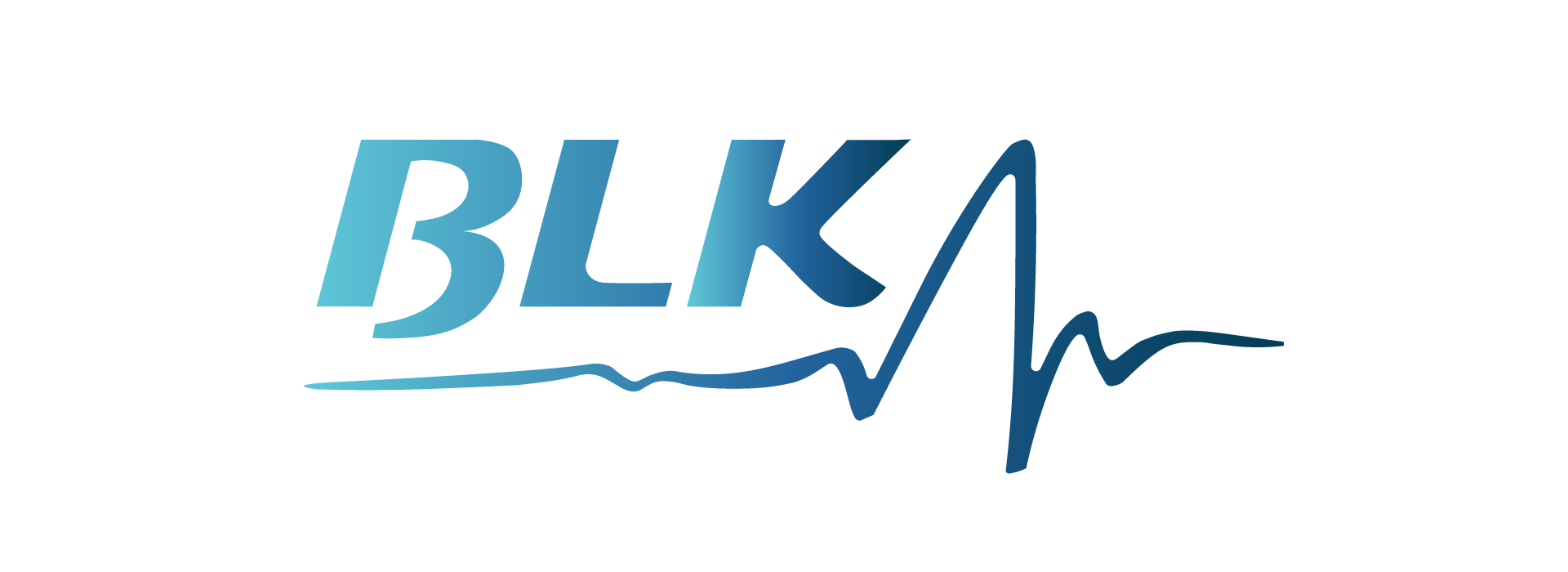In today’s fast-paced work environment, the importance of employee wellness programs cannot be overstated. These initiatives are not just beneficial for employees; they also provide significant advantages to employers.
By fostering a healthy workforce, companies can enhance productivity, reduce absenteeism, and boost overall job satisfaction. But how do you implement an effective employee wellness program? Let’s dive into the essential steps.
Understanding Employee Wellness Programs
Employee wellness programs are comprehensive health initiatives designed to maintain and improve the well-being of employees. These programs can include various activities and medical services, such as health screenings, fitness classes, mental health support, and nutritional advice. The scope of these programs often extends to stress management and promoting a work-life balance.
Assessing Employee Needs
Before launching a wellness program, it’s crucial to understand the specific needs of your workforce. Conducting surveys and gathering feedback can provide valuable insights into the common health issues and wellness interests of your employees. This data will guide the development of a program that is both relevant and beneficial.
Setting Clear Objectives
Having clear objectives is key to the success of any wellness program. Define specific goals and metrics that align with your organization’s overall objectives. Whether it’s reducing stress levels, improving physical fitness, or enhancing mental health, setting measurable targets will help track the program’s effectiveness.
Designing the Program
When designing the wellness program, consider incorporating a variety of activities to address different aspects of health:
- Wellness Activities: Include activities such as yoga classes, walking clubs, or meditation sessions.
- Mental Health Support: Provide resources like counseling services, stress management workshops, and mental health days.
- Physical Health Initiatives: Offer gym memberships, fitness challenges, and regular health screenings.
Budgeting for the Wellness Program
Determining the financial resources available for your wellness program is a critical step. Conduct a cost-benefit analysis to understand the potential return on investment. Remember, investing in employee wellness can lead to significant savings in healthcare costs and increased productivity in the long run.
Choosing Wellness Program Providers
Decide whether to work with third-party vendors or utilize in-house resources. Evaluate potential providers based on their expertise, track record, and the range of services they offer. An effective provider can significantly enhance the quality and impact of your wellness program.
Implementation Strategies
Choose between a phased rollout or a full launch based on your organization’s size and readiness. Develop a robust communication plan to ensure employees are well-informed about the program. Utilize multiple channels such as emails, and team meetings to spread the word.
Promoting Employee Engagement
Engagement is crucial for the success of any wellness program. Create incentives like wellness challenges, rewards, and recognition programs to encourage participation. Consider forming wellness committees or ambassador groups to drive engagement at different levels of the organization.
Monitoring and Evaluation
Regularly monitor participation rates and gather data on health outcomes. Use surveys and feedback forms to assess employee satisfaction and identify areas for improvement. Tracking these metrics will help you measure the program’s success and make informed adjustments.
Adjusting the Program
Employee needs and interests can change over time. Collect ongoing feedback to stay updated on these changes. Be prepared to make data-driven adjustments to keep the program relevant and effective. Flexibility is key to maintaining long-term engagement and success.
Legal and Ethical Considerations
Ensure your wellness program complies with all relevant health regulations and maintains the confidentiality of participants. Address any ethical concerns proactively and transparently to build trust and encourage participation.
Challenges and Solutions
Implementing a wellness program is not without challenges. Common obstacles include low participation rates, budget constraints, and lack of engagement. Address these challenges with effective strategies such as personalized wellness plans, leveraging technology, and fostering a supportive company culture.
Implementing an effective employee wellness program requires careful planning, clear objectives, and continuous evaluation. By addressing the specific needs of your workforce and promoting a culture of health, you can create a program that benefits both employees and the organization. Remember, a healthy employee is a productive employee.
FAQs
What are the first steps to start an employee wellness program?
Begin by assessing employee needs through surveys and feedback. Define clear objectives and set measurable goals to track progress.
How can small businesses implement wellness programs on a budget?
Small businesses can leverage free or low-cost resources like local fitness classes, online wellness platforms, and community health services.
What are some cost-effective wellness activities?
Cost-effective activities include walking meetings, in-house yoga sessions, and utilizing free mobile health apps for fitness tracking.




